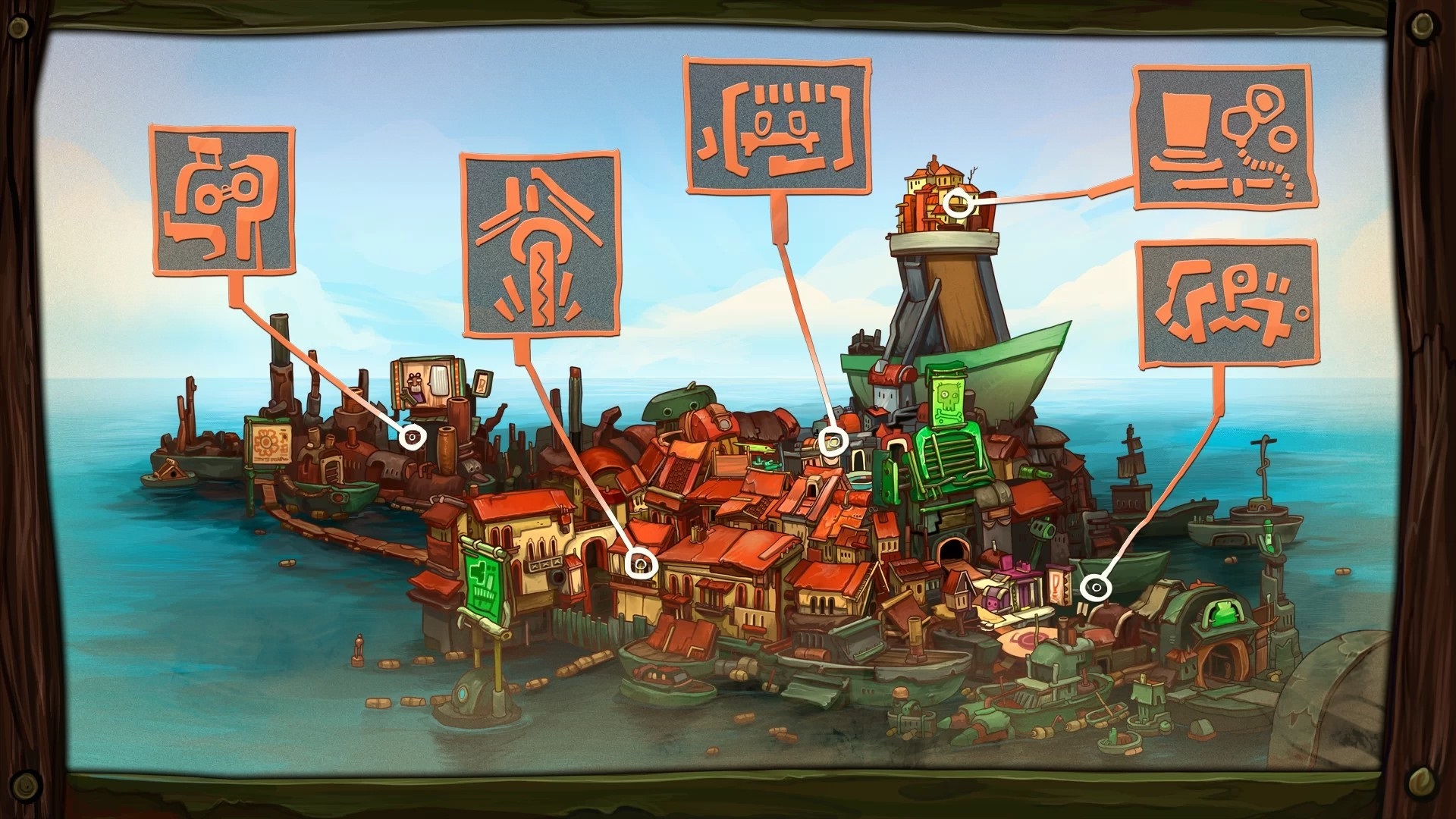

For example, floating cities might also permit settlement of the outer three gas giants, as the gas giants lack solid surfaces. In addition to Venus, floating cities have been proposed in science fiction on several other planets. At an altitude of 50 km above the Venerean surface, the environment is the "most Earthlike in the solar system", according to Landis, with a pressure of approximately 1 bar and temperatures ranging between 0–50 ☌ (32–122 ☏). Because the thick carbon dioxide atmosphere is 50% denser than Earth's atmosphere, breathable air with a composition similar to the latter is a lifting gas in the dense Venerean atmosphere, with over 60% of the lifting power that helium has on Earth. Landis, the easiest planet (other than Earth) to place floating cities at this point would appear to be Venus. As scientifically and fictionally described by Geoffrey A. See also: High Altitude Venus Operational Concept and Colonization of VenusĪ design similar to Fuller's Cloud Nine might permit habitation in the upper atmosphere of Venus, where at ground level the temperature is too high and the atmospheric pressure too great. In Isaac Asimov's story Shah Guido G., the hereditary Secretary-General of the United Nations ("Sekjen") is a tyrant who rules the Earth from a Flying island called Atlantis. A large model of the habitat is on display in the lobby of the Johnson Presidential Library in Austin, Texas.

The proposal called for tetrahedron–shaped modules supporting large housing blocks of 5,000 inhabitants each, and which would be anchored to the ground. They believed that it might be a partial solution to the depletion of non-renewable resources.Ī team including Buckminster Fuller and Shoji Sadao – was commissioned by United States Department of Housing and Urban Development to design the Triton City, a floating city intended to provide housing near Tokyo or Baltimore. Fuller and Sadao envisioned that Cloud Nine would float freely in the Earth's atmosphere, giving residents and passengers a migratory lifestyle. This megastructure would be a geodesic sphere that, once it was sufficiently heated by sunlight, would become airborne. In 1960, the architects Buckminster Fuller and Shoji Sadao proposed the construction of a 1-mile-diameter (1.6 km) thermal airship, which they called Cloud Nine.
#Deponia tropes free
ĭuring the 1920s, science fiction author Hugo Gernsback speculated about floating cities of the future, suggesting that 10,000 years hence "the city the size of New York will float several miles above the surface of the earth, where the air is cleaner and purer and free from disease carrying bacteria." To stay in the air, "four gigantic generators will shoot earthward electric rays which by reaction with the earth produce the force to keep the city aloft." the Reader can hardly conceive my Astonishment, to behold an Island in the Air, inhabited by Men, who are able (as it should seem) to raise, or sink, or put into a Progressive Motion, as they pleased. I turned back and perceived a vast Opaque Body between me and the sun, moving forwards towards the island it appeared to be about two Miles high, and hid the Sun six or seven minutes. It was primarily a fictional device that was intended to satirize far-fetched pseudo-scientific proposals: Laputa purportedly levitated through use of artificial magnetism. In the novel Gulliver's Travels (1726) by Jonathan Swift, the island city of Laputa was revealed to be floating in the sky. In the treatise De Grandine et Tonitruis ("On Hail and Thunder", 815), Carolingian bishop Agobard of Lyon describes Magonia, a cloud realm populated by felonious aerial sailors. In Yann Martel‘s novel Life of Pi, there is a floating island.Ī fictional vision from 1922 of a floating city in 10,000 years. In Jules Verne‘s Propeller Island, the characters are on an artificial floating island that is actually a huge ship. In the DC comics story of Wonder Woman, Themyscira is a group of floating islands. In The Voyages of Doctor Dolittle, the characters sail to a floating island, which later becomes fixed in place. Richard Head‘s 1673 novel The Floating Island describes a fictional island named Scotia Moria. They reappear in Pliny the Elder's Natural History of the 1st century CE. Seaborne floating islands have been found in literature since Homer's Odyssey, written near the end of the 8th century BCE, described the island of Aeolia. While very large floating structures have been constructed or proposed in real life, aerial cities and islands remain in the realm of fiction. In speculative fiction, floating cities and islands are a common trope, which range from cities and islands that float on water to ones that float in the atmosphere of a planet by purported scientific technologies or by magical means. The Hawkmen's floating metropolis Sky City depicted in Flash Gordon (1936)


 0 kommentar(er)
0 kommentar(er)
